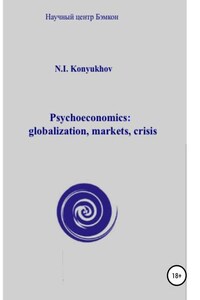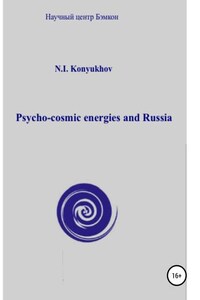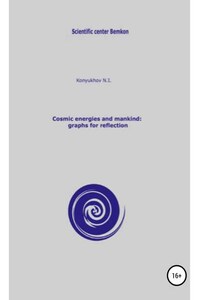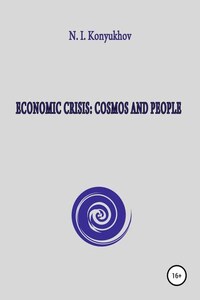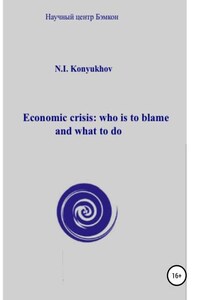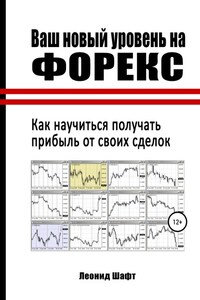Introduction
For decades, research centers were systematically studying the human changes in the process of practical, as well as industrial, activity, considering the factors of cosmic activity. The results of these studies are presented in books, lectures, articles and presentations made by the leaders and employees of these scientific centers: http://biruch.ru/, http://bemkon.ru/, http://www.sc-bemkon.com/.
The essence of this concept is that the periodicity of socioeconomic development is related to the cyclical nature of the change in the psychotypes of people, and the cyclical nature of solar activity, of the Earth’s rotational velocity. It is about the facts of fundamental dependency between the mankind development and cosmic energies: both electromagnetic and non-electromagnetic ones.
Chapter 1. On psycho-cosmological studies and obtained scientific results
Consider that the length of day (LOD) graph is symmetrically opposite to the graph of the Earth's angular rotational velocity. According to LOD, slowdown of the Earth's rotational velocity is associated with the longer duration of the Earth's day.
The figure shows the value change over time for the 1650 – 2000 period. (see V.D. Kokurov).
http://dewinforex.com/images/kondr-cycles-4.jpg
www.wikireading.ru/img/388787_13_i_016.jpg
Let us combine them with the well-known graphs of economists.
All fundamental economic and socio-political processes are visually related to these graphs.
http://nowandfutures.com/key_stats.html
The system of such graphs has been obtained for different countries and for different economic and financial indicators. It leaves no doubt that the Earth's rotational velocity reflects powerful cosmic energies.
It was discovered that different countries respond to cosmic energies differently. In terms of GDP growth rates, all countries are divided into those whose GDP grows with the slowdown of the Earth's rotational velocity, and those whose GDP grows with the growth of the Earth's rotational velocity.
The graphs of long waves, cycles of economic development are taken from the book “Kondratiev waves: aspects and prospects”. Volgograd, 2012. – 384 p.
The growth rates of GDP in the US, China and the Earth's rotation speed
Generalized indicator of economic growth, which is associated with other economic indicators, is the CPI (Consumer Price Index).
Here are the data for the time available for the Earth's rotational speed, for changes in the value of the consumer basket, i.e. the CPI (percentage related to the previous year), and solar activity. These data are from the beginning of the XIX century.
The CPI value is taken as an average of a decade. Graph of the CPI changes (mean per decade) accurately rests on the chart of the Earth's angular velocity. Lack of the cosmic ether – the high is price of the consumer basket. The reason is the low productivity due to low physiological, mental, intellectual capabilities of people. In this case, the measurement step in 10 years smooths the data on changes in the cosmic ether density under the influence of the various planets and by changing the direction of spin of the ether flows. With this step of the measurement charts do not need offset for a few years.
Growth of gravity-spin energy leads to increase of the efficiency of industry. And it is not only in our millennium. This is how society was changing throughout history. Greek cities grew more intense in the decline of temperature, which is an indirect sign of entry of Earth more powerful cosmic ether vortices. (The breath of history, pp. 488-495). We are developing rapidly under the influence of non-electromagnetic cosmic energies. And what about Sun? It is important, that we not die of starvation due to the termination of the growth of vegetation. If there is not enough solar energy – cereals do not grow – here comes death from starvation. But if there is some minimum of solar energy for food security, then the development is more dependent on the density of the cosmic ether. The combination of these two cosmic energies is important and determines the features of the development we have at a given point in history (N. Konuhov, 2016b).
